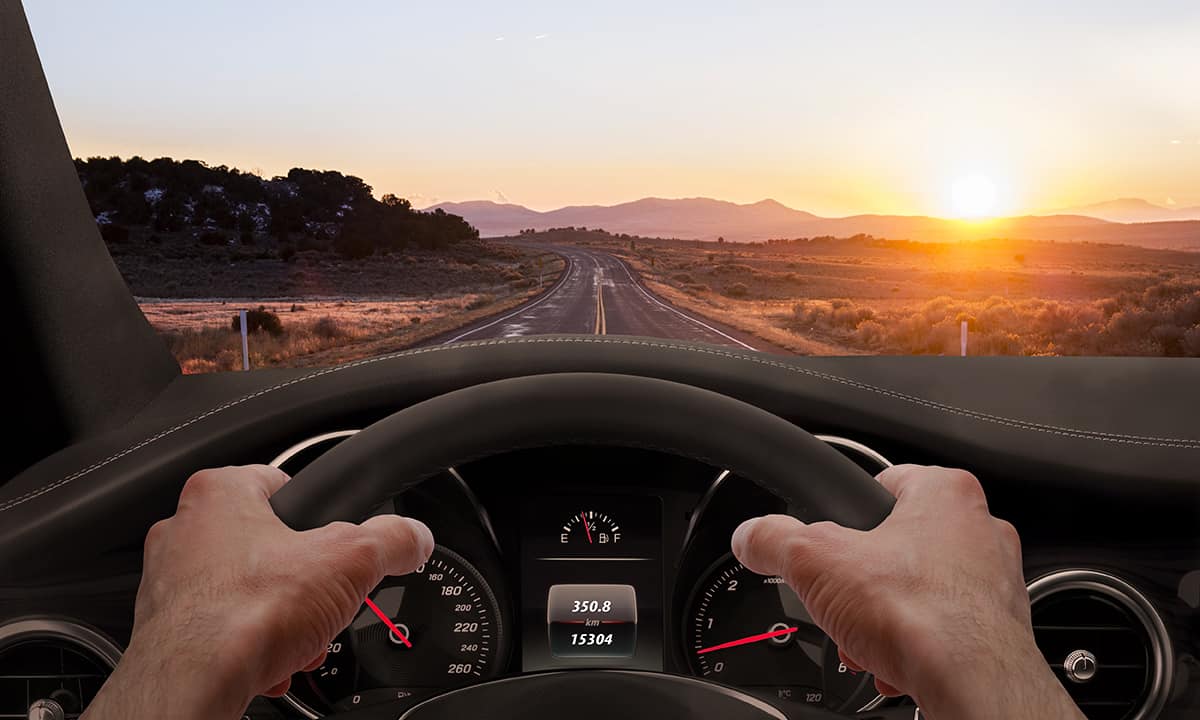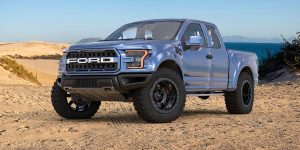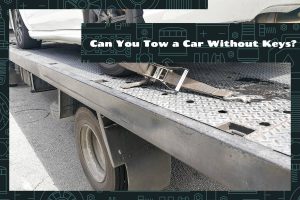Hey there, road trippers and everyday commuters! Have you ever wondered how long it takes to drive a certain distance, like 10 miles? At first glance, it might seem like a straightforward question. But as we dig deeper, we’ll discover that there’s more to it than meets the eye.
To drive 10 miles, you’ll need to consider your average speed. Cruising along at a consistent 60 mph on the highway will only take 10 minutes to cover 10 miles. If you’re stuck in city traffic, it can take you twice or even 3 times as long. Ultimately, the time it takes depends on your speed, traffic conditions, and other factors.
In this blog post, we’ll explore the various factors that can impact your driving time and help you better understand what goes into calculating the duration of your journey. So, buckle up, and let’s hit the road together!
Factors That Impact Your Driving Time
Not all roads, cars, and drivers are built the same. So, if you want to calculate how long it’ll take you to cover 10 miles, you need to keep the following points in mind.
1. Speed limits
Speed limits vary depending on the type of road and location you’re driving in. Freeway speed limits can range from 55 to 75 miles per hour (mph), while city roads typically have lower limits, around 25-45 mph. So, if you’re driving at a consistent speed on a freeway, you could cover 10 miles in 10-20 minutes. On a city road, however, it could take anywhere from 15 to 30 minutes or more.
2. Weather conditions
Weather plays a big role in driving time, too. Rain, snow, ice, and fog can reduce visibility and make roads slippery, forcing you to drive slower for safety reasons. These conditions can easily extend your 10-mile drive by several minutes or more, so always take the weather into account when estimating your travel time.
3. Road type and terrain
The type of road and terrain you’re driving on can also impact your driving speed. Highways and freeways generally allow for faster speeds, while residential streets and winding mountain roads require slower speeds. Steep hills or sharp turns might mean you need to drop your speed even further, so consider the route and terrain when estimating your drive time.
How to Estimate Your Driving Time

Follow these points if you want to get a more accurate estimate of how long it takes to drive 10 miles.
1. Use mapping apps and GPS
Technology has made estimating travel times much easier. Mapping apps and GPS devices not only provide directions but also give you an estimated travel time based on current traffic conditions and speed limits. These estimates are generally accurate but can change due to unforeseen circumstances like accidents or sudden weather changes.
2. Know your route
Familiarize yourself with the route you’ll be taking, including the type of roads, speed limits, and any known traffic patterns. This will give you a better idea of what to expect during your drive and allow you to make a more accurate estimate of your travel time.
3. Factor in rest stops and breaks
If you’re going on a longer trip, don’t forget to factor in rest stops and breaks. Taking a quick break to stretch your legs, grab a snack, or use the restroom can add a few minutes to your overall travel time, so be sure to account for these stops in your estimate.
Tips for a Smooth and Efficient Drive

Need to cover long distances? Check out these tips to ensure a smoother and more fuel-efficient drive.
1. Plan your trip during off-peak hours
Avoid driving during rush hour or peak traffic times if possible. Planning your trip during off-peak hours, such as early morning or late evening, can help you avoid traffic and reduce your driving time.
2. Check the weather forecast
Before you hit the road, check the weather forecast and plan accordingly. If you know you’ll be driving in heavy rain or snow, give yourself extra time to account for slower speeds and potential delays. Being prepared for the weather can help you stay safe and make your drive smoother.
3. Maintain your vehicle
A well-maintained vehicle not only performs better but is also safer to drive. Regular maintenance, such as checking tire pressure, fluid levels, and brakes, can help you avoid breakdowns or other issues that might add time to your drive. Plus, a properly maintained vehicle can help you get better gas mileage, saving you time and money at the pump.
4. Use cruise control on highways
When driving on highways and freeways, consider using cruise control to maintain a consistent speed. This can help you save fuel, reduce the need for constant speed adjustments, and make your drive more enjoyable. However, be cautious when using cruise control in heavy traffic or poor weather conditions, as it may not be the safest option.
5. Stay alert and drive defensively
Being an alert and defensive driver can help you avoid accidents and other incidents that can add time to your drive. Keep a safe following distance, be aware of your surroundings, and anticipate potential hazards. By staying focused on the road and driving defensively, you’ll be better prepared to handle any unexpected situations and have a more efficient driving experience.
FAQs
1. How accurate are GPS and mapping app travel time estimates?
GPS and mapping app travel time estimates are generally quite accurate, as they take into account factors like speed limits, traffic conditions, and distance. However, these estimates can change due to unforeseen circumstances, like accidents or sudden weather changes. It’s always a good idea to add a buffer of extra time to your estimate, just in case.
2. Can I calculate my driving time using just distance and speed?
While you can calculate an estimated driving time by dividing the distance by your average speed, this method won’t account for factors like traffic, road conditions, and rest stops. It’s best to use a combination of mapping apps, knowledge of your route, and consideration of external factors to get a more accurate estimate.
3. What’s the best way to save time while driving?
Planning your trip during off-peak hours, maintaining your vehicle, using cruise control on highways, and driving defensively can all help you save time on the road. Additionally, being prepared for any weather conditions and having a good understanding of your route can help you avoid potential delays.






